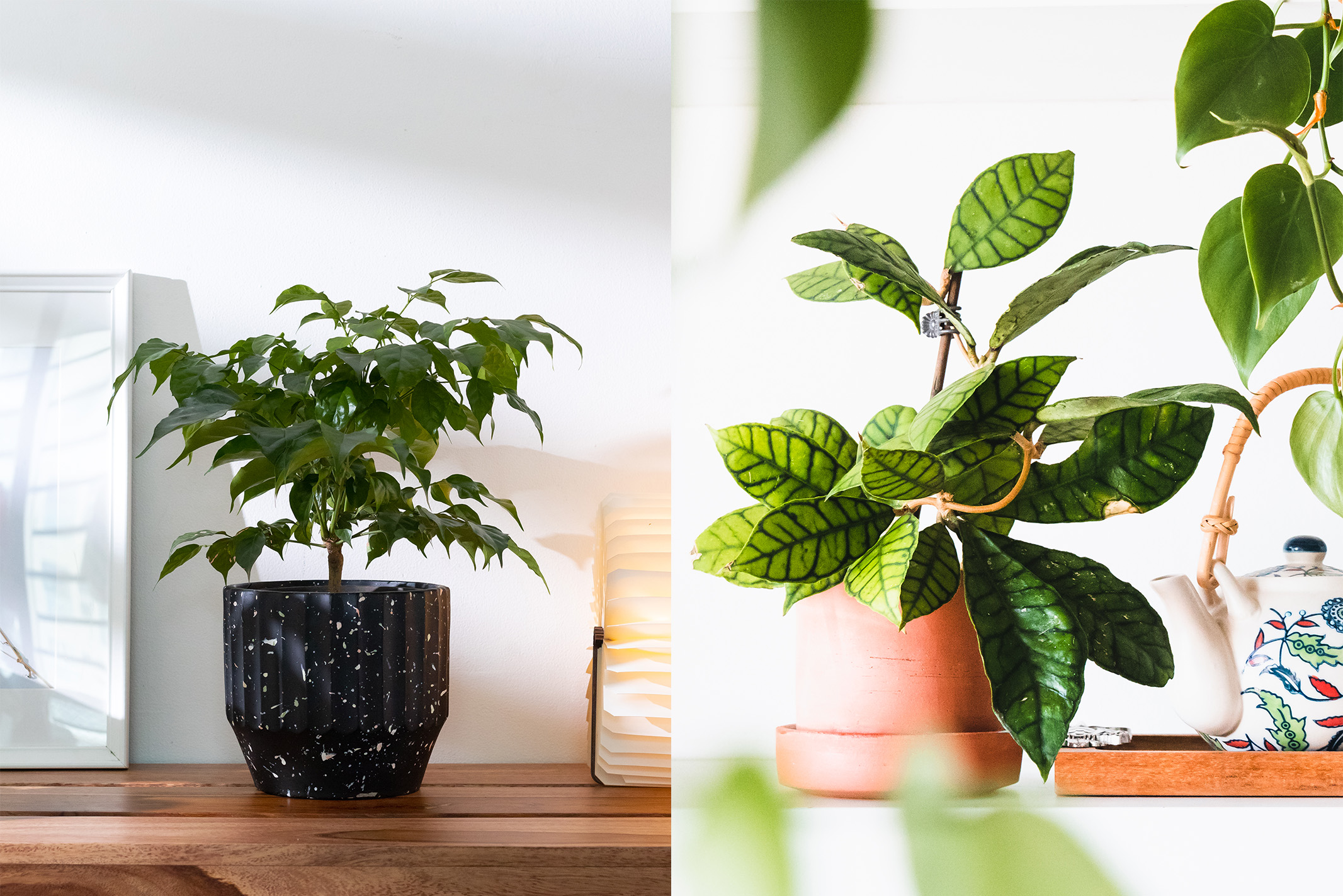10 Hard To Kill Plants
Rediscovering the popular word ‘biophilia’ and turning it into something for the soul, tell me (that) the idea of keeping indoor plants during and post lockdown hasn’t crossed your mind. Bringing nature in is definitely a delight, however, caring for them might not turn out to be that delightful. As humans not very well-versed with the plant kingdom, we often find ourselves in a spot— of not understanding things about plants, especially the indoor ones, they seem to give us humans a hard time.
But stay confused no more! Say goodbye to gardening woes and embrace the world of nature’s most resilient rebels. These 10 unkillable plants are about to revolutionise your green thumb game. Prepare for a crispy, short, and quirky journey through the realm of unstoppable flora!
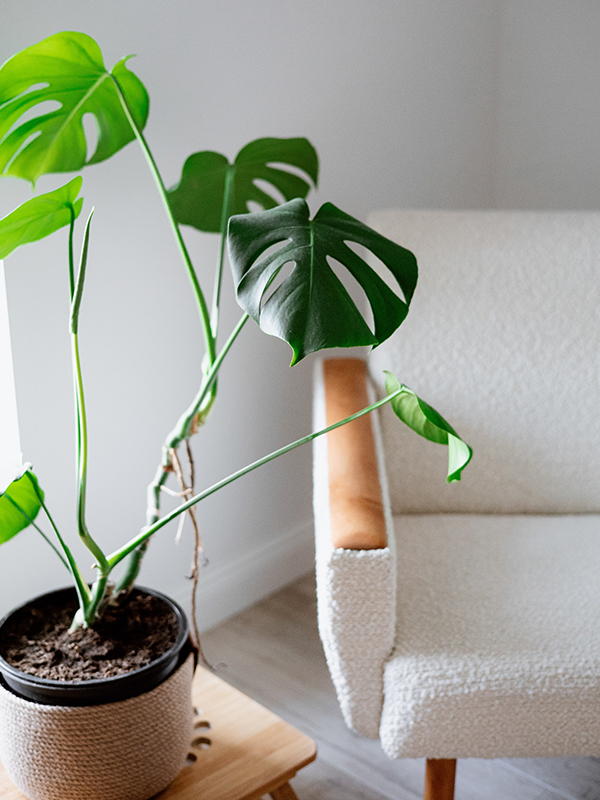
#1 Swiss Cheese Plant (Monstera Deliciosa)
The Monstera Deliciosa is the ultimate trouble-free plant. First off, it’s totally cool with lower light conditions. So, no need to fret about finding the perfect sunbeam for this plant. And when it comes to watering, this bad boy is forgiving. You can water it when you remember, and it won’t hold it against you. It’s the plant equivalent of a “no strings attached” relationship. Plus, its iconic leafy holes make it look like it’s been hanging out with hole punchers at plant parties. So, if you’re in the market for an effortlessly stylish and undemanding plant, the Monstera Deliciosa has got your back.
#2 Lady Palm (Rhapis excelsa)
Don’t let the lady palm catch those UV rays! This glamorous green diva prefers a modicum of sunlight blended with a dash of shade; she’s not one to grumble in humid conditions. Known by her fancy aliases, the miniature fan palm or bamboo palm, this illustrious indoor plant belongs to the dainty palm family, sporting clusters of slender, upright green stems. Just like a good girl, this beauty takes her sweet time to grow, so don’t hold your breath. And when it comes to fertilising, save your efforts for the growing season—she’s not a fan of being overfed.
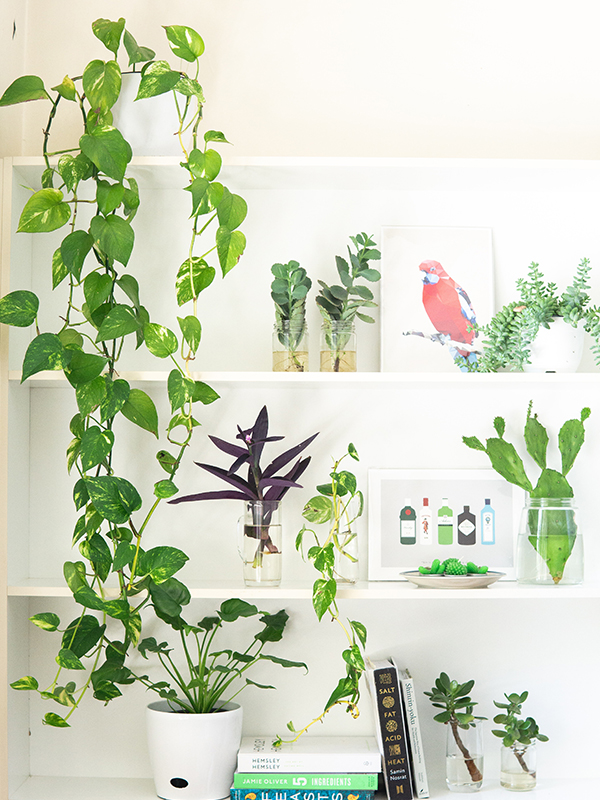
#3 Money Plant (Epipremnum aureum)
Now who doesn’t want money (plant)? Money plants are easy to care for because they are like the “cool kids” of the plant world. They can tolerate a wide range of light conditions, from bright to low light, and are not fussy about watering. They are like the low-maintenance friends who go with the flow and don’t demand constant attention. Plus, they are great at purifying the air, so they help keep your space fresh and clean.
#4 Christmas Kalanchoe (Kalanchoe blossfeldiana)
When it comes to plant care made easy, succulents steal the show like a global showstopper would. With their plump, vibrant green leaves and flamboyant flower colours, these little botanical wonders practically take care of themselves. Once a year, for just a few precious months, it unleashes a mesmerising bloom extravaganza, basking shamelessly in the glory of sunlight. Succulents like Kalanchoe prefer a drier existence, so be careful not to shower them with too much liquid affection. Oh, and during their vegetative phase, be a good plant parent and treat them to some delicious nutrients.
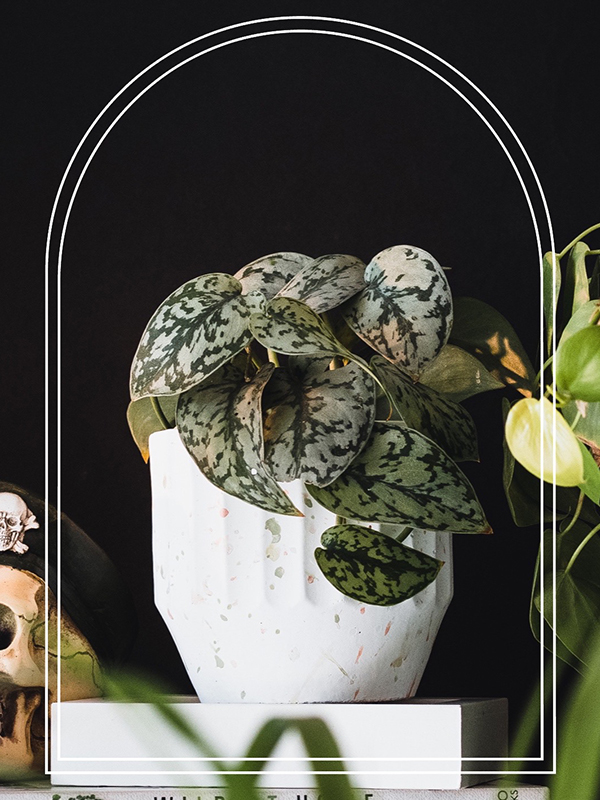
#5 Satin Pothos (Scindapsus pictus)
Prepare to be captivated by the dazzling silver dots! These eye-catching accents are strategically splashed across the lush, dark green leaves of the Satin Pothos, creating a stunning visual display. This delicate-looking plant is ironically as tough as nails and requires minimal upkeep. To keep this beauty thriving, offer it above-average humidity levels and bathe it in gentle, indirect sunlight. Just a word of caution: the Satin Pothos is not pet or people-friendly if consumed, as it contains toxins. Additionally, on rare occasions, it may cause skin irritation. So, while it’s a showstopper, it’s best admired from a safe distance.
Also read: Tropical Brutalism Comes To Life In This Architect’s Studio In Kochi
#6 Heart Leaf Philodendron (Philodendron hederaceum)
Introducing the marvellous, fuss-free indoor plants that possess an air of exotic charm. Renowned for their lengthy stems, luxuriant foliage, and endearing heart-shaped green leaves, these delightful specimens are often referred to as sweetheart plants. Take caution to keep them out of reach from curious pets and children who may be tempted to nibble on them. These plants thrive in humid environments, so they simply adore a bit of moisture in the air. When they’re in their sprouting phase, it’s advisable to provide them with nourishment. And here’s a quirky tip: they appreciate being watered with lukewarm water. The heartleaf philodendrons are incredibly resilient and vigorous growers—each leaf measuring approximately two to four inches, and their stems can extend up to an impressive four feet in length.
#7 Pencil Cactus (Euphorbia tirucalli)
The Pencil Cactus is the “set it and forget it” plant. First off, it’s a desert dweller, so it will thrive on neglect of watering; only a little bit of water every now and then and your Pencil Cactus would be just fine. It’s like having a plant that gives you space in the relationship. The plant is temperamentally a sun-worshipper that craves the spotlight. But don’t worry, it won’t throw shade if you can’t provide direct sunlight. It’s like having a plant that’s understanding of your lighting limitations. Plus, its pencil-like stems add a touch of quirky elegance to any space. So, if you’re looking for a plant that’s as independent as it is stylish, the Pencil Cactus is your go-to green companion.
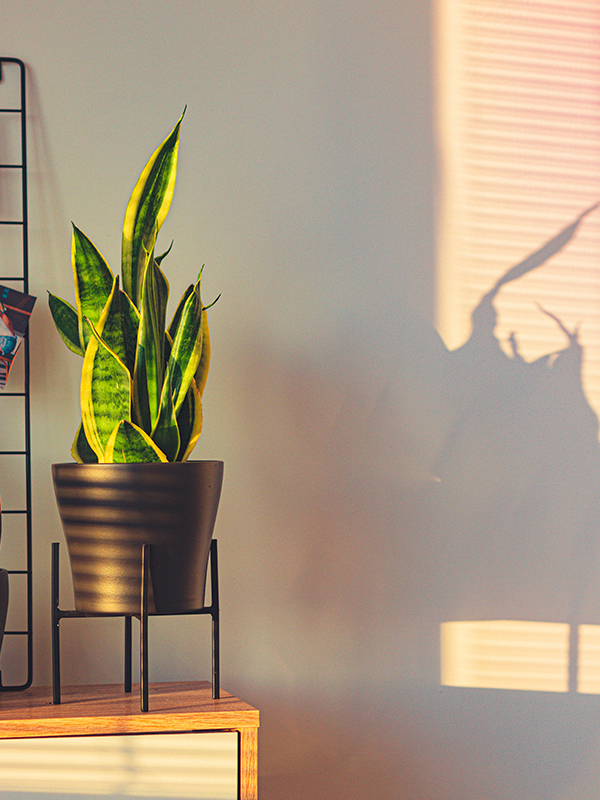
#8 Snake Plant (Sansevieria trifasciata)
The Snake Plant, also known as the “tough guy” of the plant world, is a breeze to take care of. Forget about sunlight struggles, this plant is content with both bright light and low light conditions. It’s like the ultimate adaptable roommate. The Snake Plant can go for weeks without a drink, making it the champion of drought resistance. Not to mention that it’s a natural air purifier. It’s like having a green superhero silently fighting off pollutants in your space. So, if you’re looking for a sidekick that can handle any living situation, the Snake Plant is your plant soulmate.
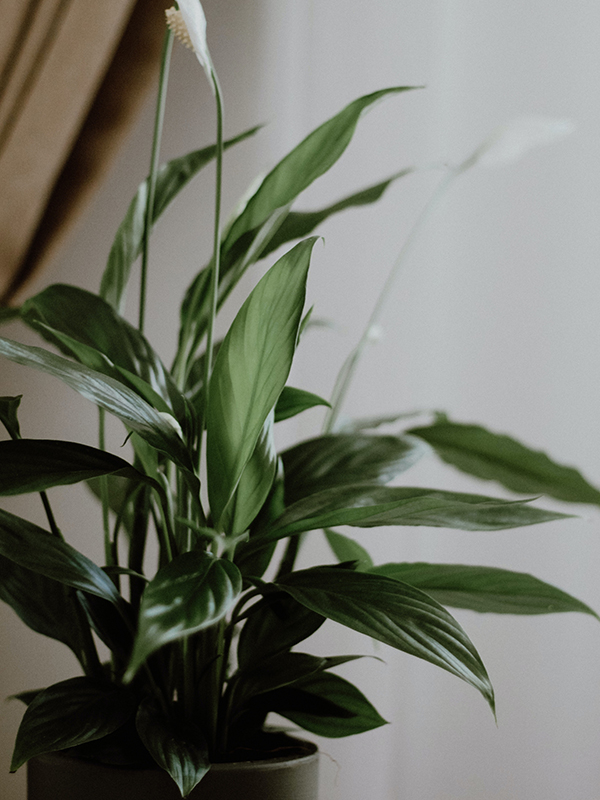
#9 Peace Lily (Spathiphyllum species)
The peace lily is the “easy mode” of plant care. It’s practically on autopilot! This green diva thrives in low light, so you can forget about finding the perfect spot by the window. It mostly stays playful even if you don’t water it on a schedule; only a droop a little to indicate that it needs water. The peace lily will forgive your forgetfulness and bounce back like a champ. It’s like having a houseplant that’s perpetually chill and always ready to forgive your neglect. Who needs high-maintenance when you have a peace lily? It’s the lazy gardener’s dream come true!
#10 Moth Orchids (Phalaenopsis)
Easy peasy Moth Orchid squeasy! They’re like the cool kids who don’t need constant attention. With their water-storing superpowers, they can survive with fewer sips. They’re also the flexible ones when it comes to light—bright, indirect light is their jam, but they won’t throw a fit in slightly dimmer spots. Plus, they take their time to grow, so no rush on repotting.
Also Read: 10 Things You Need To Know About Being A Plant Parent



















